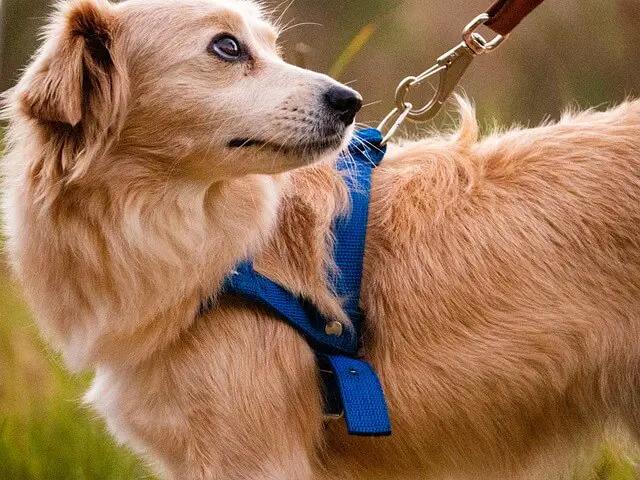Types of Identification for Dogs & Their Importance
03.03.2022.
One of the worst things we can imagine is our dogs running away. You can be as responsible and careful as possible, but the reality is - dogs still escape. Your dog can get spooked, frightened, or catch an exciting scent that might lead them away from you. In those moments, you will be glad you made sure your dog has different types of identification. Here are a few things you should know about the importance of dog identification.
Why is dog ID important?
The good news is that dog ID will play little to no role in a dog’s life in most cases. Most dogs go through their life without getting away from their owners. However, in those rare cases they do get away; it is essential your dog has proper identification that might help you reunite with your lost dog. Of course, you can do different things to find your lost dog, but having several forms of identification is wise.
Types of dog identification
Before deciding what types of dog identification you will choose for your dog, you should know what types exist. There are basic ones, like dog tags, and there are high-tech forms of dog ID that might be better for you and your dog. Here are a few different types of dog identification you should know about;
1. Collar and ID tag
If your dog ever gets lost, the first “line of defense” is a collar and an ID tag. A random person that finds a missing dog might not even know there are different types of dog identification, so your safest bet is to make sure your dog is wearing some ID on their collar. In fact, your dog should always wear a collar, The only time they don’t need it is if they’re sleeping.

Keep in mind that dog ID tags have limited spacing. Most are restricted to 2 - 4 lines of text, so you should only put the essential information about the dog on it. The good news is that dog tags are usually pretty cheap, even with the engraving included. Here are the things you should include on a dog ID tag: your dog’s name, phone number, urgent medical info (for example, the dog is diabetic), and an alternative phone number, like your partner’s or your vet’s.
2. Microchip
The second form of identification is a microchip. We were pretty surprised to learn that only about 5 - 8% of pets are microchipped in the US. One of the statistical facts you should know is that 1.8% of not-microchipped lost dogs are reunited with their owners. However, about 38% of microchipped missing dogs find their owners. That seems like a good enough reason you should microchip your dog, even though the state or federal law doesn’t require you to.
There are different registries and types of microchips you can choose from. This form of identification is reliable and completely safe for dogs. It costs about $50 with the initial registration. It might not be a guarantee your lost dog will get back to you, but a 40%-chance is a lot more than nothing.
3. High-Tech ID forms
Our furry companions are not immune to technology. There are fantastic products you and your dog can get. One of those products is a USB dog ID tag. A person that finds your dog can simply plug in the USB and check all your contact information. You can also get a dog ID that contains a QR code. One simple scan with their mobile will lead them to a website that will contain all your information. However, these services usually require monthly payments.

Another pretty cool form of ID is a GPS collar. A considerable advantage is that this type of collar allows you to track your dog in real-time. You can literally open an app and see where your dog is. Unfortunately, if your dog is stolen, the perpetrator can simply throw away the collar. It would be best to combine a few ways of dog identification.
4. Tattoo
A tattoo is a bit outdated form of dog identification. Dogs usually get a unique number tattooed somewhere on the body (mostly the inside of their ear). After someone finds your lost dog, they can go to the vet and ask them to check a few registries for that number. However, dog tattoos are complicated. Tattooing a dog is not easy, and the dog has to be sedated. Over time, the tattoo can fade and get covered by hair. If you have to choose, always opt for a microchip. They are a lot easier and safer for dogs.
In conclusion
In most cases, a dog ID will not be required. Dogs can get lost, but most live their entire lives without getting away from their owners. However, if the dog gets lost, it would be a good idea to have several types of identification. It is better to be safe than sorry. Make sure your dog can always get identified.
World Dog Finder team







Share